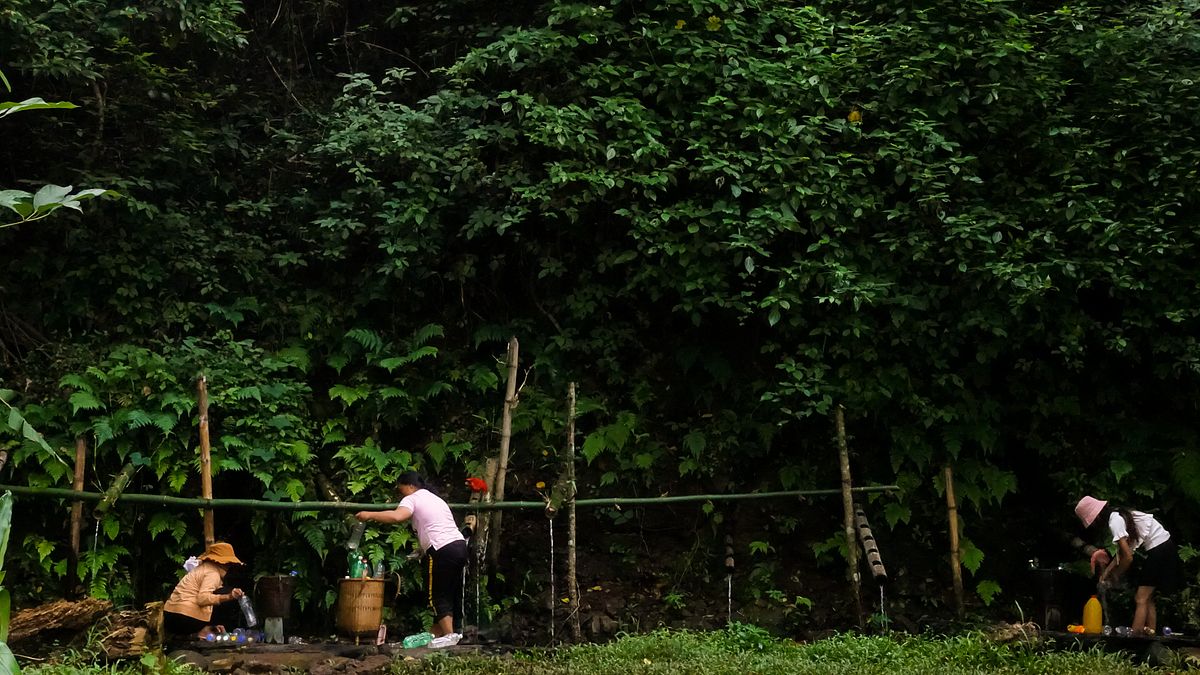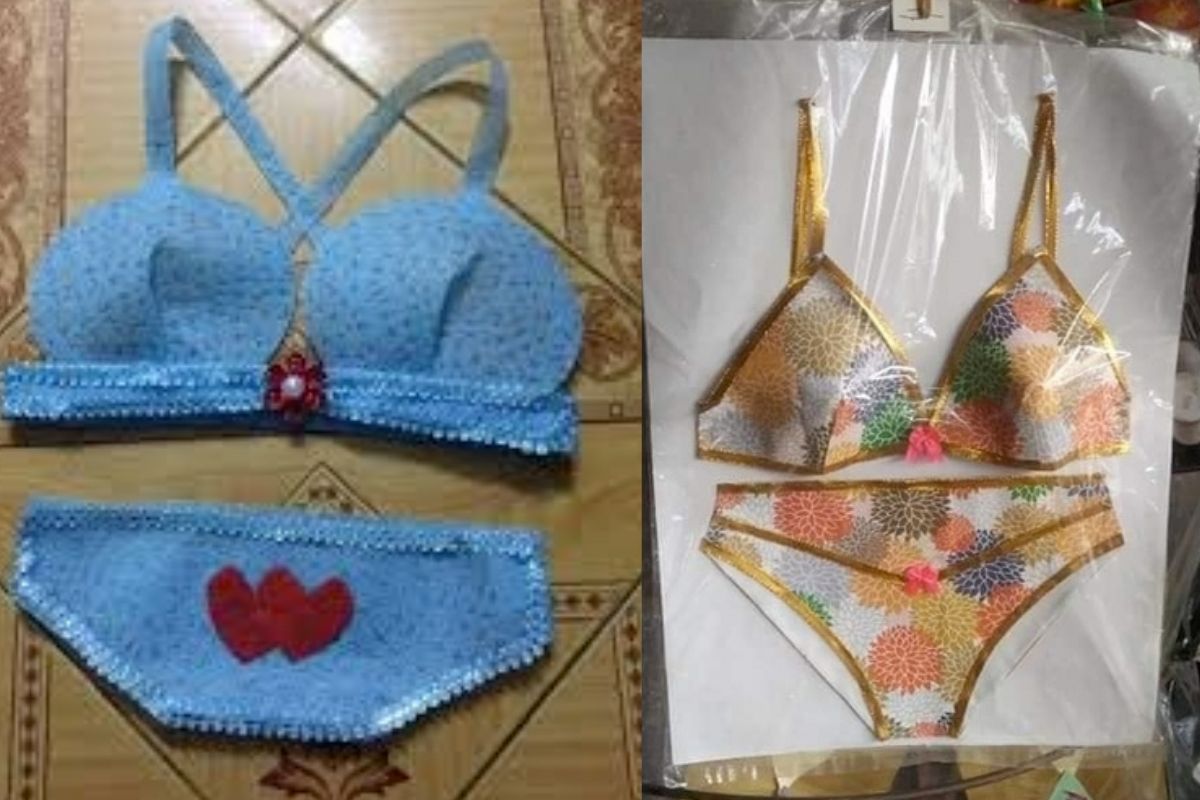Ever since the beginning of time, Ê-đê people have treated water as a respected resource of the community. Water, in their belief, is the life force bringing about bountiful harvests for the villages.
In Ê-đê culture, bến nước — pin êa in the local language or water station in English — is a communal site providing water utility for everybody in the village. The source of the water often comes from regional rivers, streams, or groundwater reservoirs. At old water stations, water flows through connected bamboo segments, but modern sites now use metallic or plastic pipes.
On a trip to Đắk Lắk, I had the opportunity to learn more about this time-honored custom, just to realize that there are many things I don’t know. I set foot in Ea Tul Commune at noon, and after befriending the local police officers, Si Pha, the deputy chief of the commune police station and also a member of the local Ê-đê community, decided to take me to “greet” my first bến nước.
First thing first: Don’t waste water
“Before establishing a village, Ê-đê people often look for a water source first. Hence, this water station preceded any of us here,” Si Pha told me. Perhaps that was also why he led us to the village bến nước first thing after we arrived: any visit to someone’s house must start with greeting the eldest member of the household.
As I gingerly made my way down moss-covered steps, I saw a rustic water station with networks of green bamboo pieces of varying lengths and widths carrying water from beneath the ground into bottles and buckets of visitors. Beneath the bamboo, every stone surface is smooth and shiny due to decades of water flow.

The way to bến nước is a tree-lined dirt path.
When a villager needs to collect water, they would drive to the station, leave their bike and take a short stroll with their plastic bottles down to where the bamboo pipes are. The water retrieved will be used for drinking and cooking. Depending on the household size, each family often makes two to three trips here per week.
Surprised by the lack of valves, I asked Si Pha if it was considered a waste of water to let it flow liberally into the ground. He gestured to the paddy fields down in the distance: “The water will flow down there and irrigate the people’s crops, not a drop is wasted.” An example of nature’s cyclical creations was taking place right in front of my eyes, filled with life and whimsy.

A water station in Sah Village (Ea Tul, Đắk Lắk). It's among a few bến nước that still uses bamboo instead of plastic pipes.


Locals reuse plastic canisters and bottles to collect water.
Protecting the water is protecting the community
The majority of Ê-đê people and other ethnic minorities in the Central Highlands are dependent on local natural resources, so elements like earth, forest, and water are essential to their communities’ survival and prosperity. They are thus keenly aware of the need to maintain the water quality right from the source — the forest and fields upstream. The responsibility to safeguard the water is divided among villagers and “it’s a mission that’s passed down from one generation to another,” in Si Pha’s words.
At Ea Tul Commune where I visited, residents are very careful about what plant species to cultivate near bến nước. Crops that require heavy pesticide usage are avoided as the toxins will seep into the ground, tampering with the water beneath.

A traditional water station. Photo by Jean-Marie Duchange, circa 1952–1955.
Anthropologist Anne de Hauteclocque-Howe spent time living amongst Ê-đê families in Buôn Pôk and remarked on the local belief in the connection between the fertility of the land and the people whose livelihood it supports. Harmful behaviors that pollute and degrade natural resources will directly influence the stability and wealth of the village community.
According to a translation by Ede yarns, a collective of young Vietnamese seeking to preserve indigenous weaving and dyeing traditions, Ê-đê rules heavily chastise acts of environmental degradation: “Article 231 in Ê-đê law stipulates: the land, the rivers, the jungle trees are our ancestors’ trays, our ancestors’ back. Our ancestors protect the caves, the jungle, the K’to7ng and Kdjar trees” and “If the water is left tainted / The rice will not blossom / The millet will not produce grains / The people will fall ill / This crime must be heavily punished.” Those who dare to harm nature and tamper with the water source are also directly harming their community and will be punished in accordance with the rules.

A local woman collects water. Photo by Georges Condominas, circa 1947–1949.

Water plays utilitarian and spiritual roles in the livelihood of Ê-đê people. Photo by Georges Condominas.
The third lesson: Respect the water
Ê-đê communities in Đắk Lắk believe that bến nước is also a shelter for a water deity, yang êa. Keeping the station and its surrounding environs clean means maintaining the deity’s “home” so that they won’t be upset and impose plagues onto the village.
Every year after the harvest season, after the village pơ-lang tree turns verdant in preparation for blooming, Pô lăn (the village head) and Pô pin êa (the keeper of the water station) will encourage residents to clean local streets, especially the path towards the water station to prepare for the important water ceremony.

A water ceremony taking place today. Photo via Báo Đắk Lắk.
Information from the Đắk Lắk Museum showcases the details of this age-old tradition. On the first day, village members will clean the road and repair the water station. Participants are divided into two groups. The first, along with the shaman, organizes the ceremony on the road from the village entrance to the station, while the other group carries out the ritual at the bến nước itself.
The event includes a few offerings: nine bowls of rice wine and one or two pigs depending on the province — one black male hog for the bến nước ceremony and another for the ancestors. The shaman begins by pouring ceremonial wine into the bamboo pipes and chanting his wishes for an ever-flowing water supply. Following the chant, the shaman lifts the bottle of wine mixed with pig’s blood and pours it into the water pipes, which symbolize the home of the water-keeping deity. He will carry out the same ritual at water stations in the locality and at the homestead of the station keeper.
The second day of the ceremony features offerings like one white rooster, a bowl of rice wine, cotton threads, and rice. All activities take place at the village entrance and all daily routines like fieldwork, hunting, and foraging must be temporarily halted.
On the third day, after the entrance is open again, it’s business as usual in the village and families can return to bến nước to collect water. This water source not only exists as a link between humans and the Gods, but also as a venue for villagers to gather to prepare and share a feast after the rituals are done. Still, these days, most villages have shortened the ceremony to just one day, mainly for tourism purposes, but also because Ê-đê communities have changed in accordance with social and economic developments.

The shaman shares the offerings with villagers. Photo via Báo Tin Tức.
Nonetheless, outside of festive occasions, the presence of bến nước can foster daily interactions between villagers. In some communities, every afternoon, the local elders will gather at the station to shower. Oftentimes, one bamboo pipe separated from the others will serve as the male section, where the men shower; and a section with more pipes is reserved for the women.
While cleaning themselves, participants can banter about village gossip and exchange a laugh or two. Bến nước might carry deep spiritual meanings, but they can also just be a casual hangout venue for communal activities that happen every day.


The bamboo pipes of varying heights and sizes not only provide tap water but also act as “showerheads.”

A water station in Ea Tul sits right next to luxuriant canopies of tree.
Many of our civilizations began with a water stream, and their livelihood, culture, and production were more or less intertwined with the water body. Like an invisible thread, the water nurtures a special bond between humans and nature, one that I could finally comprehend as I stood at the bến nước at Si Pha’s home village.














